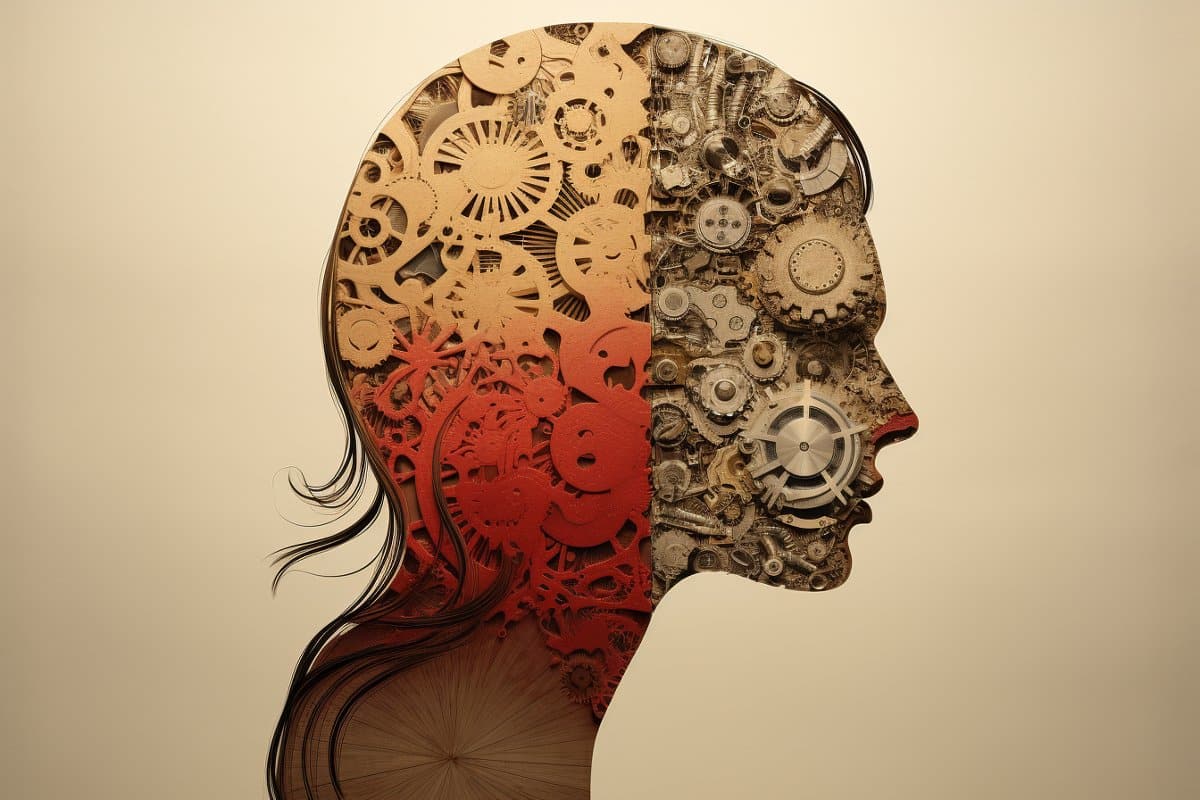Summary: Research reveals a notable interplay between fluctuating ovarian hormones during the menstrual cycle and structural adaptations within women’s brains, particularly in regions vital for cognitive function.
Utilizing a meticulous approach, researchers tapped into 7 Tesla MRI and blood sampling across six menstrual cycle points to observe how estradiol and progesterone influenced medial temporal lobe and hippocampal regions, pivotal areas for episodic memory and spatial cognition.
By establishing that such brain areas remodel in sync with hormonal oscillations, a door opens toward understanding how these natural fluctuations might impact mental health and cognitive resilience.
The study underscores the imperative of exploring the scarcely researched realm of the female brain, shedding light on its dynamic, rhythmic transformations, and the implications these have for long-term brain health and susceptibility to disorders.
Key Facts:
- Dynamic Hormone Impact: The study pinpoints how fluctuations in ovarian hormones, specifically estradiol and progesterone, influence structural changes in crucial brain regions during reproductive years.
- Focus on Underexplored Territory: Despite the significant impact of sex steroid hormones on cognitive functions, less than 0.5% of neuroimaging literature addresses transitional hormonal phases like the menstrual cycle, hormonal contraceptive use, pregnancy, and menopause.
- Link to Mental Health: The research intends to pave the way for understanding how the rhythmic alterations in brain structure might correlate with risks or resilience towards mental health issues, such as depression and Alzheimer’s, particularly in women.
Source: Max Planck Institute
Central learning and memory hubs change in response to sex hormones. A new study in Nature Mental Health by Rachel Zsido and Julia Sacher of the Max Planck Institute for Human Cognitive and Brain Sciences and the University Clinic in Leipzig, Germany, links rhythmic oscillations in ovarian hormone levels in women during the menstrual cycle to changes in brain structure.
Ovarian hormones have significant effects on the brain, and early menopause may be associated with an increased risk of accelerated brain aging and dementia later in life.
However, the effects of ovarian hormone fluctuations on brain structure earlier in life are less defined. In their current study, Zsido and Sacher show that fluctuations in ovarian hormones affect structural plasticity in key brain regions during the reproductive years.
To do this, the scientists collected blood samples from 27 female study participants, used ultrasound to track follicle growth in the ovaries to pinpoint ovulation timing, and utilized ultra-high field 7 Tesla MRI to zoom into subregions of the medial temporal lobe and hippocampus. That’s because these regions are dense with sex hormone receptors and are critical for cognitive function, such as episodic memory.
Capturing dynamic changes in sex hormones
Unlike previous studies, Zsido and Sacher examined female brains not just at one point in time, but at six points across the menstrual cycle. This longitudinal design captures the dynamic changes in sex hormones—during the menstrual cycle, estradiol increases across the first half of the cycle and peaks around ovulation, while progesterone dominates the second half of the cycle.
Estradiol is one of the most important sex hormones in the female body and is instrumental in maintaining the reproductive system. Progesterone is another key sex hormone for the reproductive system that prepares the uterus for pregnancy and has anxiety-relieving, sleep-inducing, relaxing and calming effects. So, much like the ebb and flow of the tide, the female brain is attuned to a constant rhythm of hormones, which this research study maps for the first time.
“We were able to determine that certain medial temporal lobe regions, which are crucial for episodic memory and spatial cognition, expand under high estradiol and low progesterone levels—that is, these brain areas remodel themselves in synchronization with the menstrual cycle. We want to clarify whether these rhythmic changes are altered in individuals at risk for memory and affective disorders in several follow-up studies,” says Julia Sacher.
“In general, the female brain is still massively understudied in cognitive neuroscience. Even though sex steroid hormones are powerful modulators of learning and memory, less than 0.5% of the neuroimaging-literature considers hormonal transition phases, such as the menstrual cycle, the influence of hormonal contraceptives, pregnancy and menopause.
“We are committed to addressing this fundamental research gap. To identify the mechanisms underlying risk and resilience to mental health disorders, such as depression or Alzheimer’s disease, we need a deeper understanding of how the healthy female brain adapts to change.”
About this memory and neuroscience research news
Author: Rachel G. Zsido
Source: Max Planck Institute
Contact: Rachel G. Zsido – Max Planck Institute
Image: The image is credited to Neuroscience News
Original Research: Open access.
“Ultra-high-field 7T MRI reveals changes in human medial temporal lobe volume in female adults during menstrual cycle” by Rachel G. Zsido et al. Nature Mental Health
Abstract
Ultra-high-field 7T MRI reveals changes in human medial temporal lobe volume in female adults during menstrual cycle
Ovarian hormones have substantial effects on the brain, and early menopause has been associated with increased risk of accelerated brain aging and dementia later in life. However, the impact of ovarian hormone fluctuations on brain structure earlier in life is less understood.
Here we show that ovarian hormone fluctuations shape structural brain plasticity during the reproductive years.
We use longitudinal ultra-high field neuroimaging across the menstrual cycle to map the morphology of medial temporal lobe subregions in 27 participants.
Controlling for water content and blood flow, our findings reveal positive associations between estradiol and parahippocampal cortex volume, progesterone and subiculum and perirhinal area 35 volumes, and an estradiol*progesterone interaction with CA1 volume.
This research offers a blueprint for future studies on the shared dynamics of the brain and ovarian function and a fundamental stepping stone towards developing sex-specific strategies to improve brain health and mental health.







